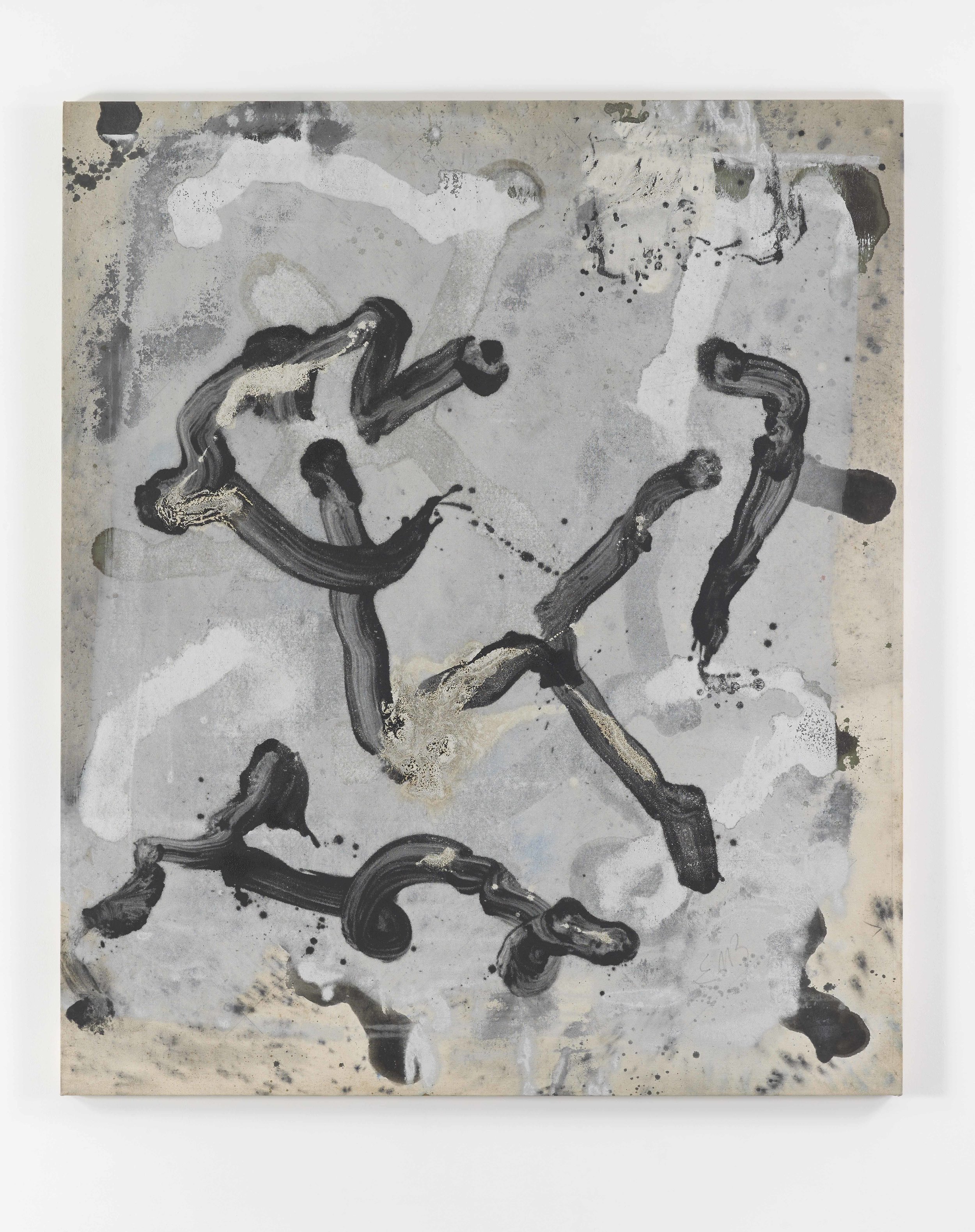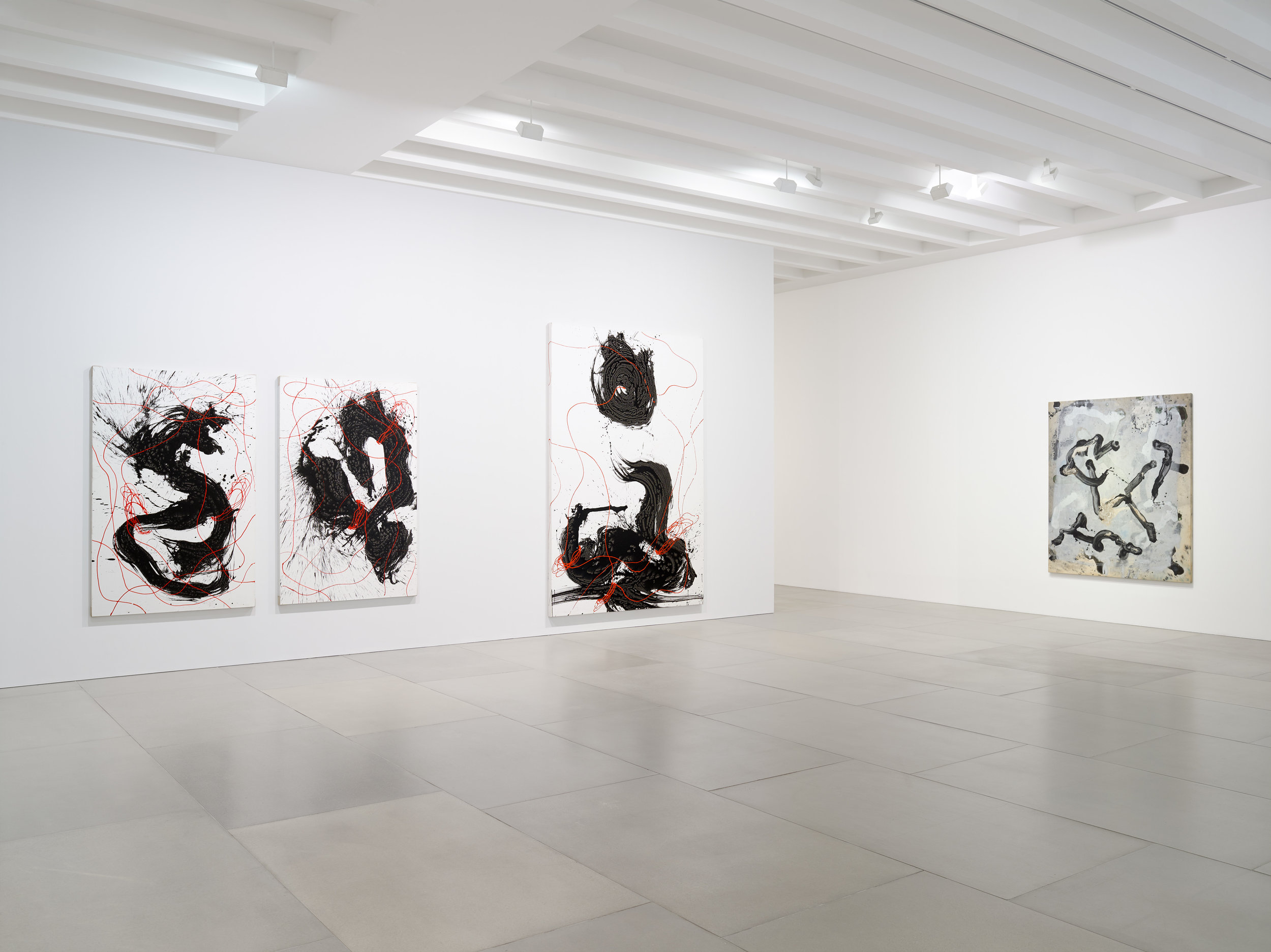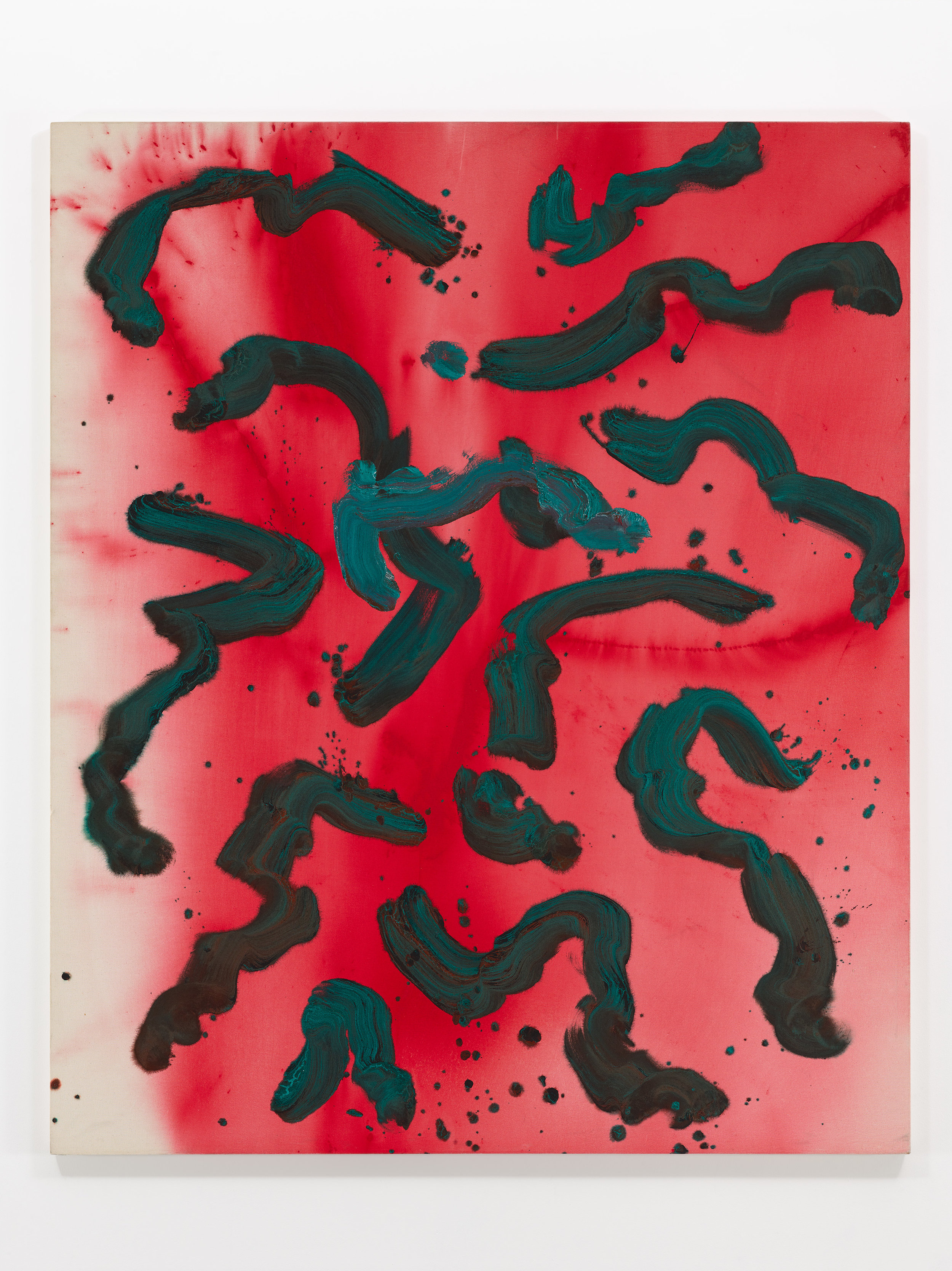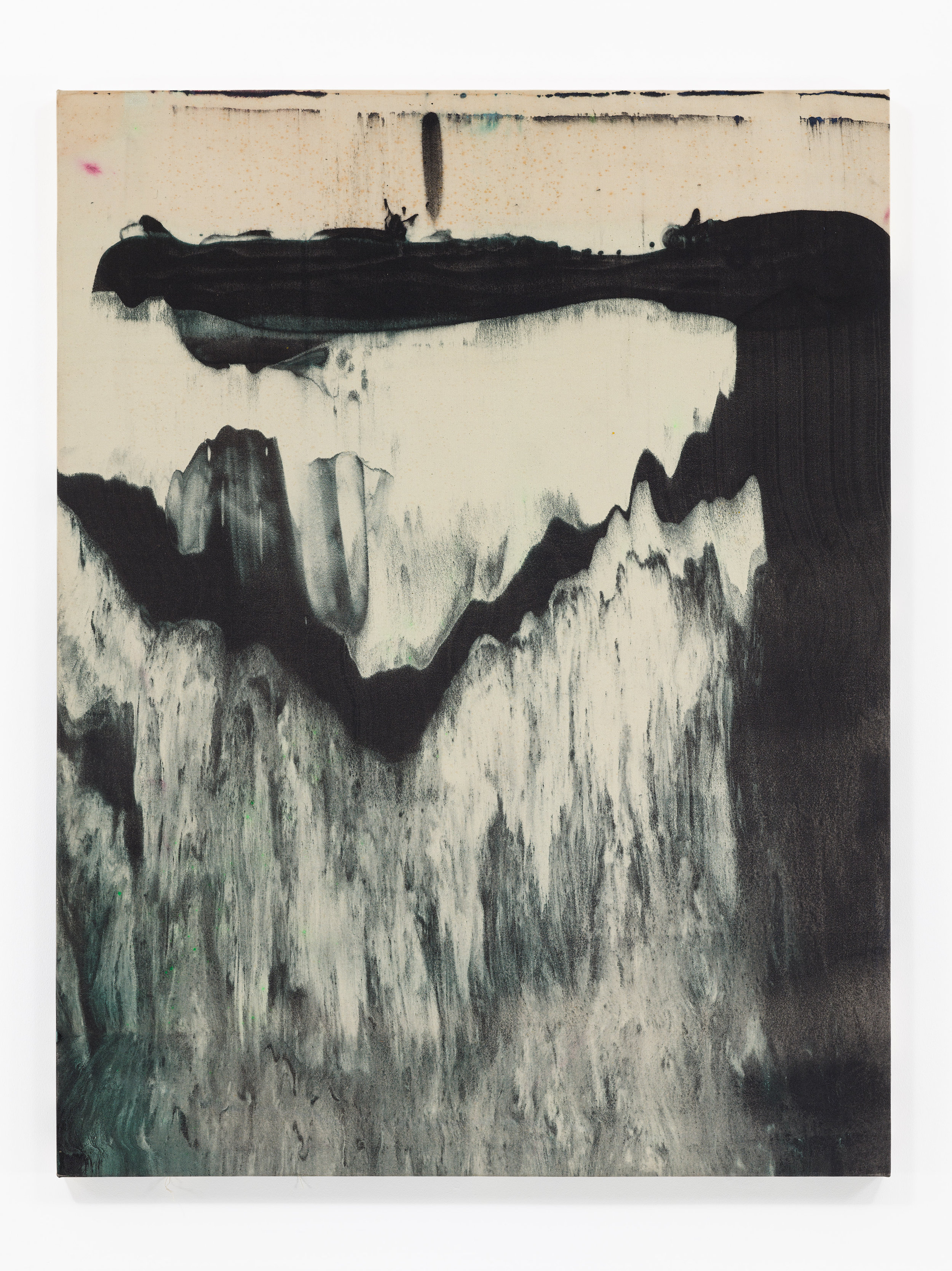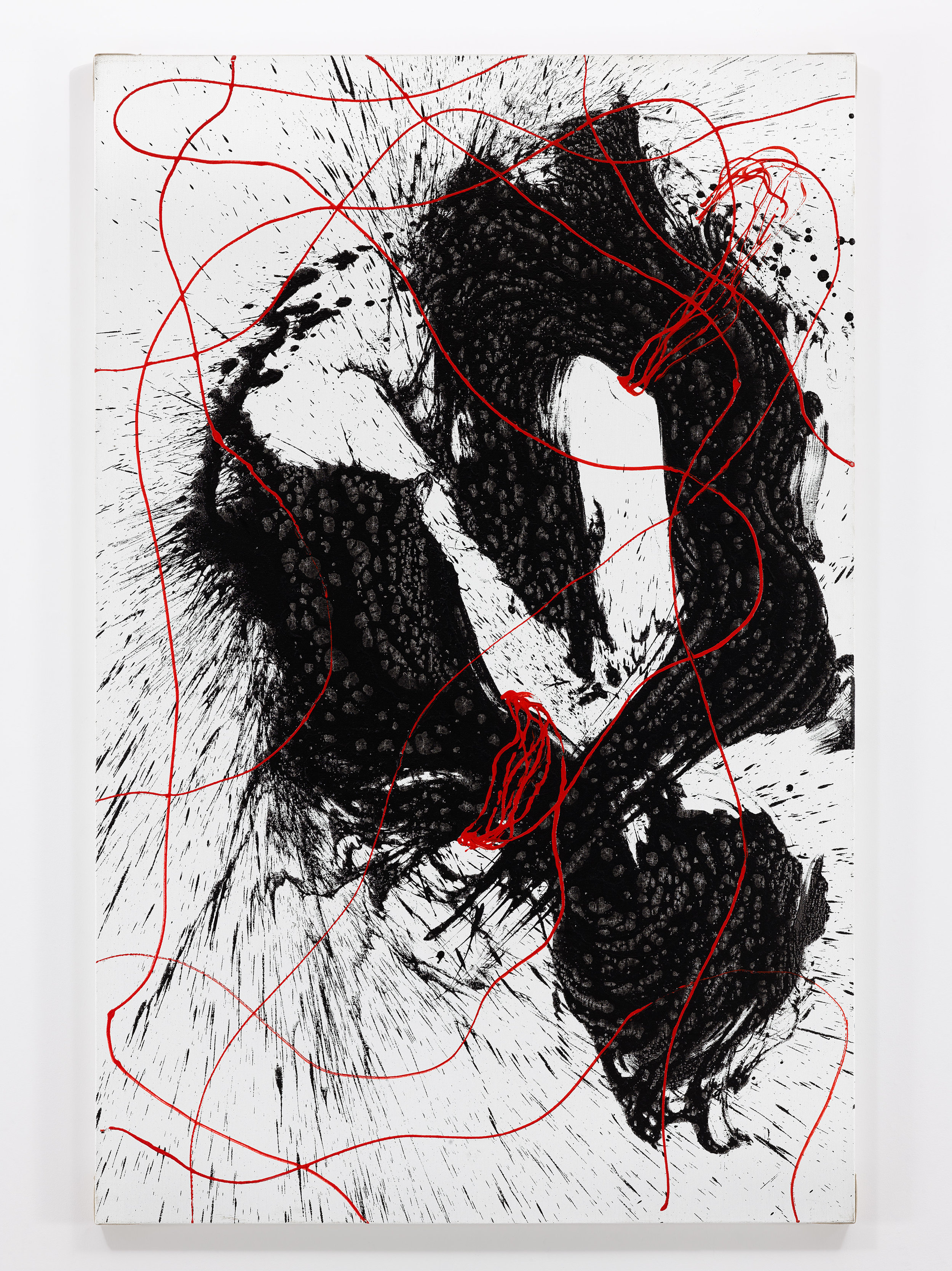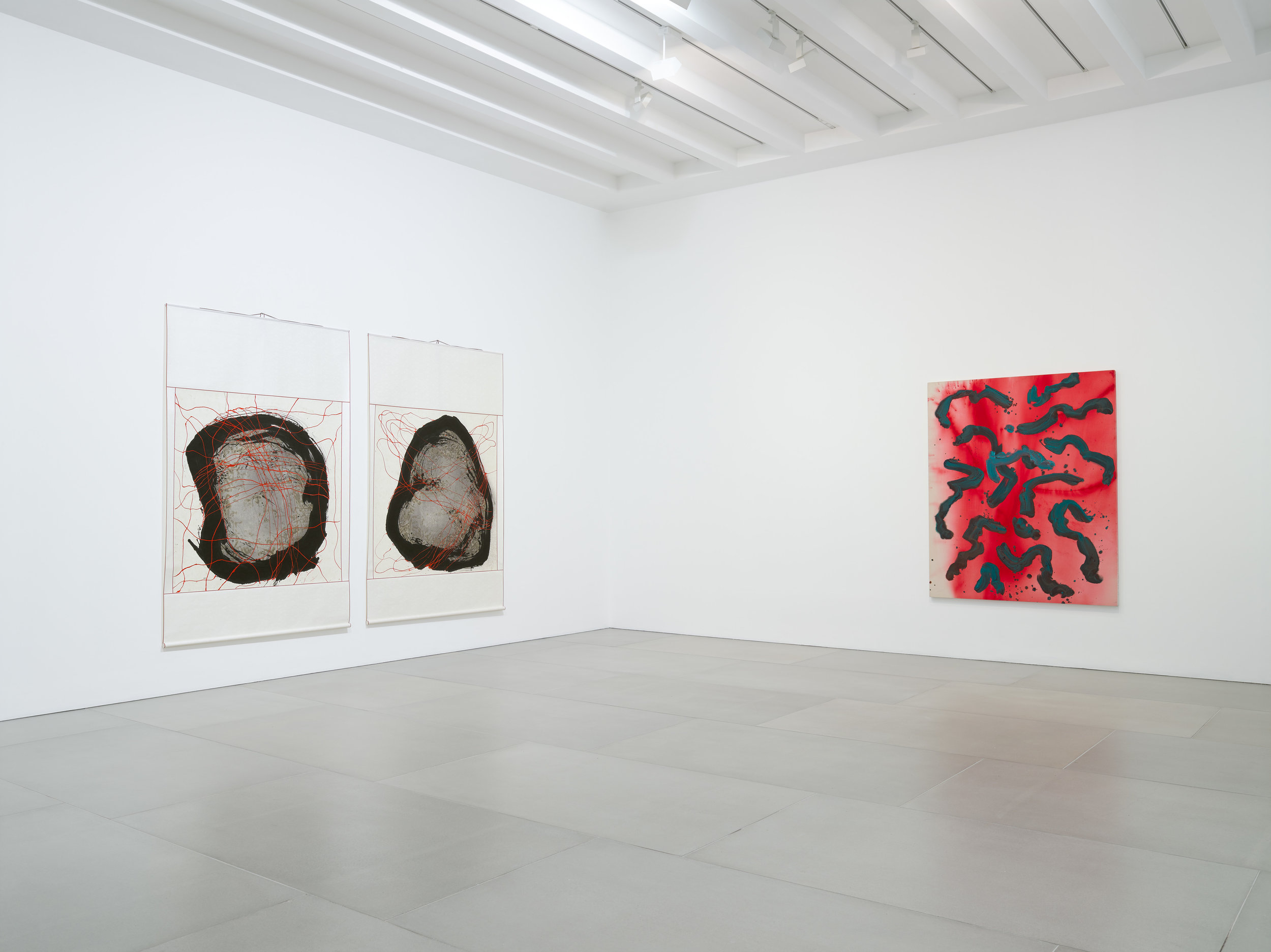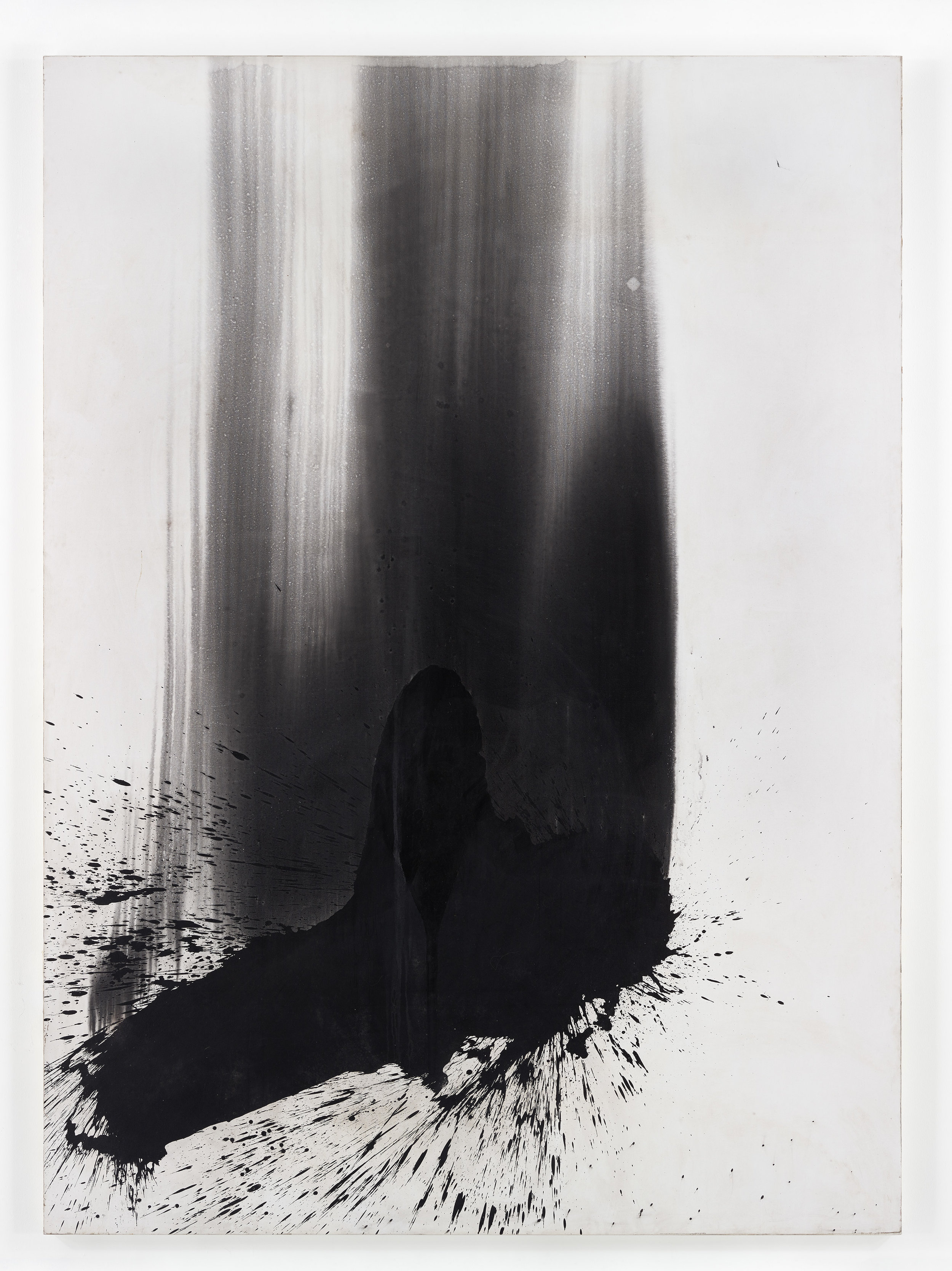text by Lara Monro
Cloud Gate was founded in 1973 by Lin Hwai-Min; one of the first Taiwanese choreographers to bring contemporary dance to the Chinese world. His language became emblematic of the country’s own national struggle in establishing an identity for themselves, perched between communist China and the wider world.
Cheng Tsung-lung took over from Hwai-min in 2020. Big shoes to fill. Fortunately Tsung-Long’s undeniable determination and vision—from humble beginnings as a street hawker of slippers to internationally recognized choreographer—made it a manageable challenge.
The timing of his appointment as Artistic Director, on the other hand, not so much. No sooner had he decided to create Lunar Halo—a production inspired by the natural phenomenon of the same name exploring how our bodies inhabit a technologically-advanced world—Covid-19 forced the world to pause.
Light refracts through layers of ice in the atmosphere to produce a lunar halo, which is ultimately a sparkling ring around the moon. Tsung-lung first witnessed the arresting event in Iceland. Soon after, he went on to choreograph the 70-minute piece that includes thirteen dancers (seven male, six female) and examines “the invisible hand of all-powerful big data.” The hauntingly etherial soundtrack created by the Icelandic band Sigur Rós both compliments and jars with the dancers versatile movements, which are indicative of Cloud Gate’s unique training; a fusion of tai chi, calligraphy, martial arts, and meditation.
To signify the forever growing dependance of society’s reliance on technology, the performers interact with one another in a multitude of mesmerizing, abstract, and experimental ways. Take the opening scene, where a sea of male bodies converge as one; flowing and shape-shifting between what looks like a strand of DNA and a centipede. Tsung-lung further exaggerates the overarching theme of technology, by using multiple LED screens to present images and shapes that reiterate the insidious nature of technology and our ubiquitous, cult-like dependance on it. As the performance draws to an end, a thin screen appears from the ceiling, presenting a larger-than-life naked male; perhaps a digital god, or Satan?
Either way, Lunar Halo presents one of the essential questions of our age: if we can satisfy our needs and desires with just a few taps of a screen, what is the purpose of the human body? A beautiful irony in this case given the physical nature of the performance; the strength and reliance of each dancer and their dependance on one another.



